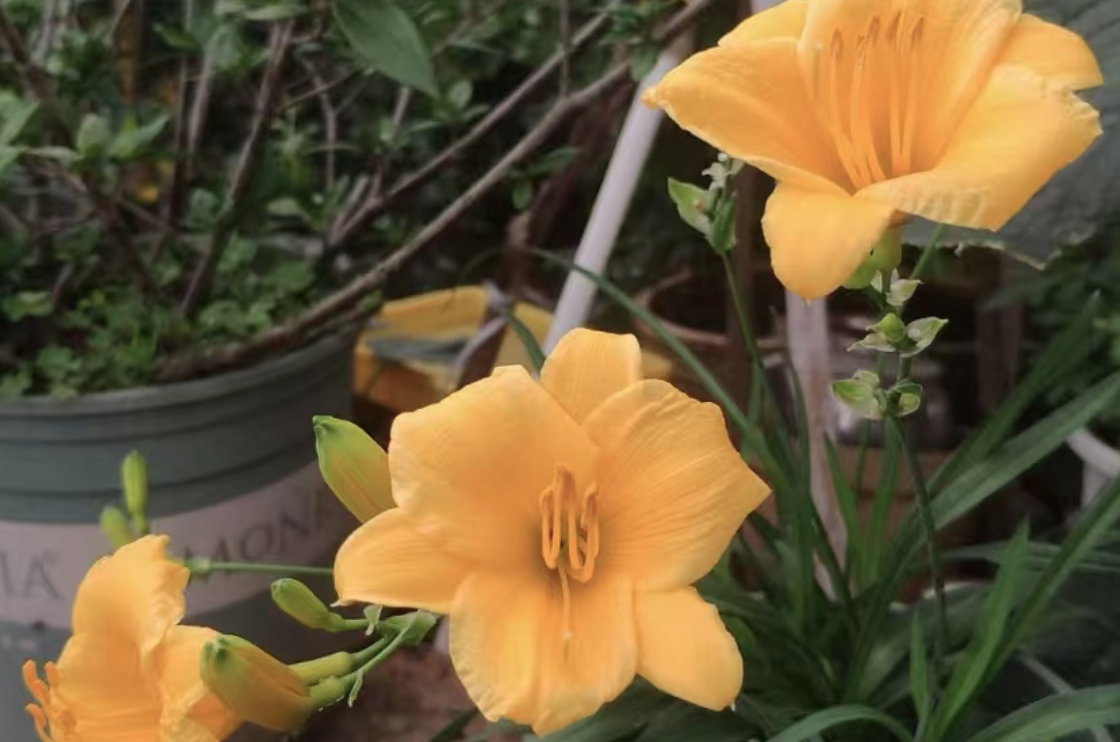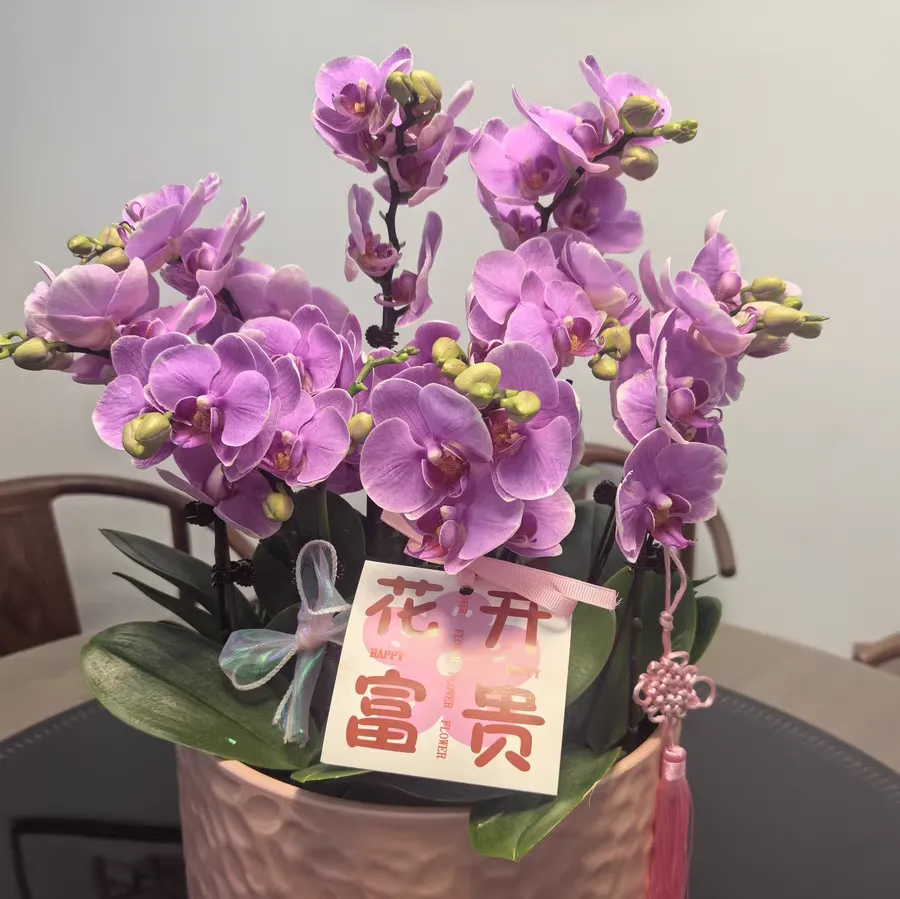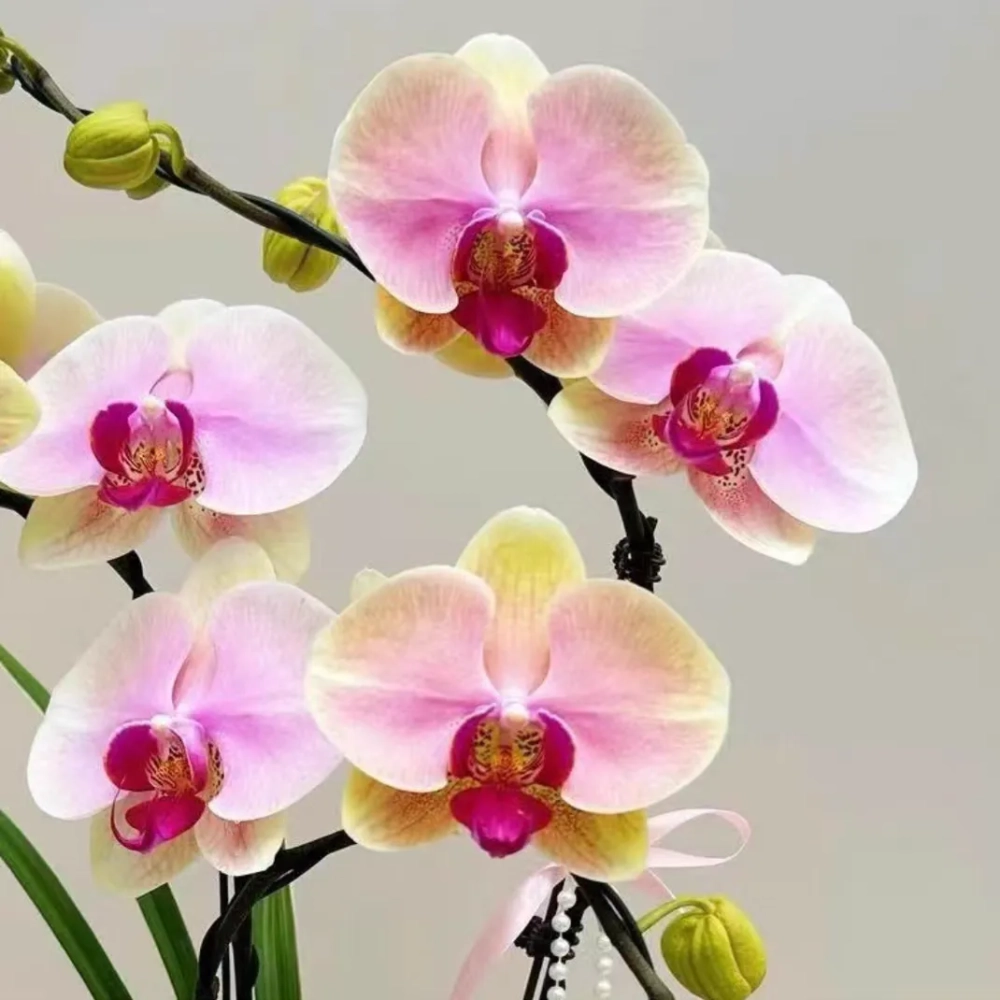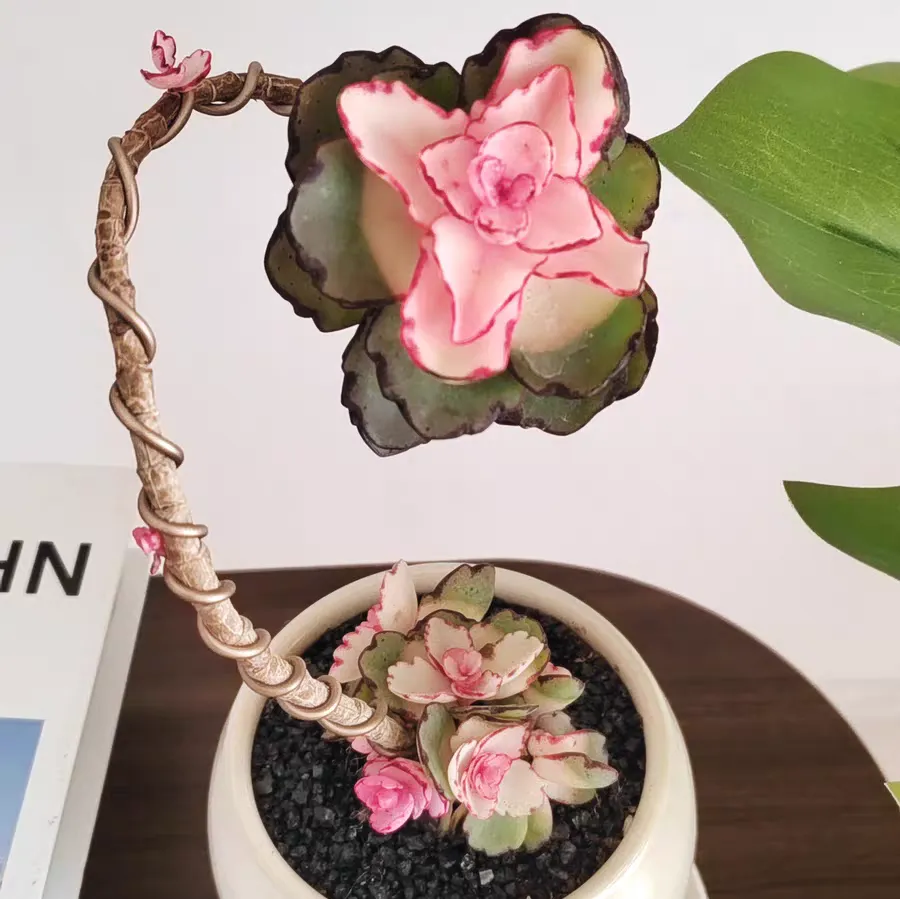Today, I'm going to introduce a herbaceous plant that symbolizes motherhood, and it's "Hemerocallis fulva". It's native to the southern regions of China, mainly in the damp gullies at an altitude of 300 to 2,500 meters in the Qinling Mountains. The reason it's hailed as the mother's flower is that the flower itself prefers a humid environment. In ancient times, houses that faced south and had their backs to the north were relatively more humid. And in ancient families, the housewives usually lived in the northern hall (Beitang), which later gradually became a synonym for mother. Meanwhile, in the "Book of Songs" in ancient times, it's mentioned that the alternative name of Hemerocallis is daylily. In modern medicine, daylily is understood to have the effects of sedation, diuresis, detumescence and immunity enhancement.
In terms of appearance, Hemerocallis has lance - shaped leaves. The whole plant is about more than 1 meter high, with a short and thick rhizome. After blooming, it has no fragrance. The petals are composed of 3 or 6 pieces, and the flower colors are mostly orange or orange - yellow. Overall, the flower looks very eye - catching. Generally speaking, in the flower market, it's mainly sold as cut flowers and potted plants. It can be inserted into vases and placed on desks, in living rooms and other positions. The maintenance of fresh - cut flowers can generally last for about 4 days. After you buy them and revive the flowers, you can trim the stems and put them in a vase. Change the water every other day and cut 1 centimeter off the stems each time you change the water.
For daily maintenance, Hemerocallis loves a sunny environment. If you choose to maintain it as a potted plant, it's best to place it on the balcony, with a daily illumination of no less than five hours. If the light is always blocked or insufficient for a long time, it may affect its subsequent growth and cause the flower color to fade.
In terms of watering, although it likes humidity, it's also afraid of waterlogging. So when planting it in a pot, try to avoid water accumulation at the bottom of the pot. In the rainy season, move it back indoors in time to avoid waterlogging caused by rain. In terms of soil, Hemerocallis can use peat soil, vermiculite and perlite, or a mixture of coarse sand and garden soil. In short, it just needs to have good drainage. In terms of fertilization, Hemerocallis doesn't require much fertilizer. During the growth period, a little nitrogen fertilizer can be applied, usually once a month. This can provide necessary nutrients and also avoid the situation where the leaves grow too tall and lodge. When winter comes, stop fertilizing when the ambient temperature is below 15℃. If the room temperature can be maintained above 15℃, a proper amount of dilute fertilizer solution can be applied to promote the growth of the bulbs.
The Origin of Hemerocallis as the Mother's Flower

Share with
Tagged in :




Leave a Reply